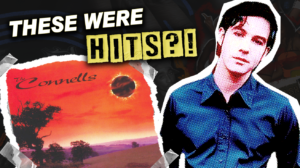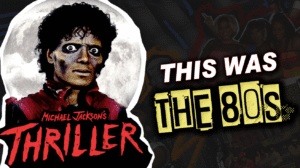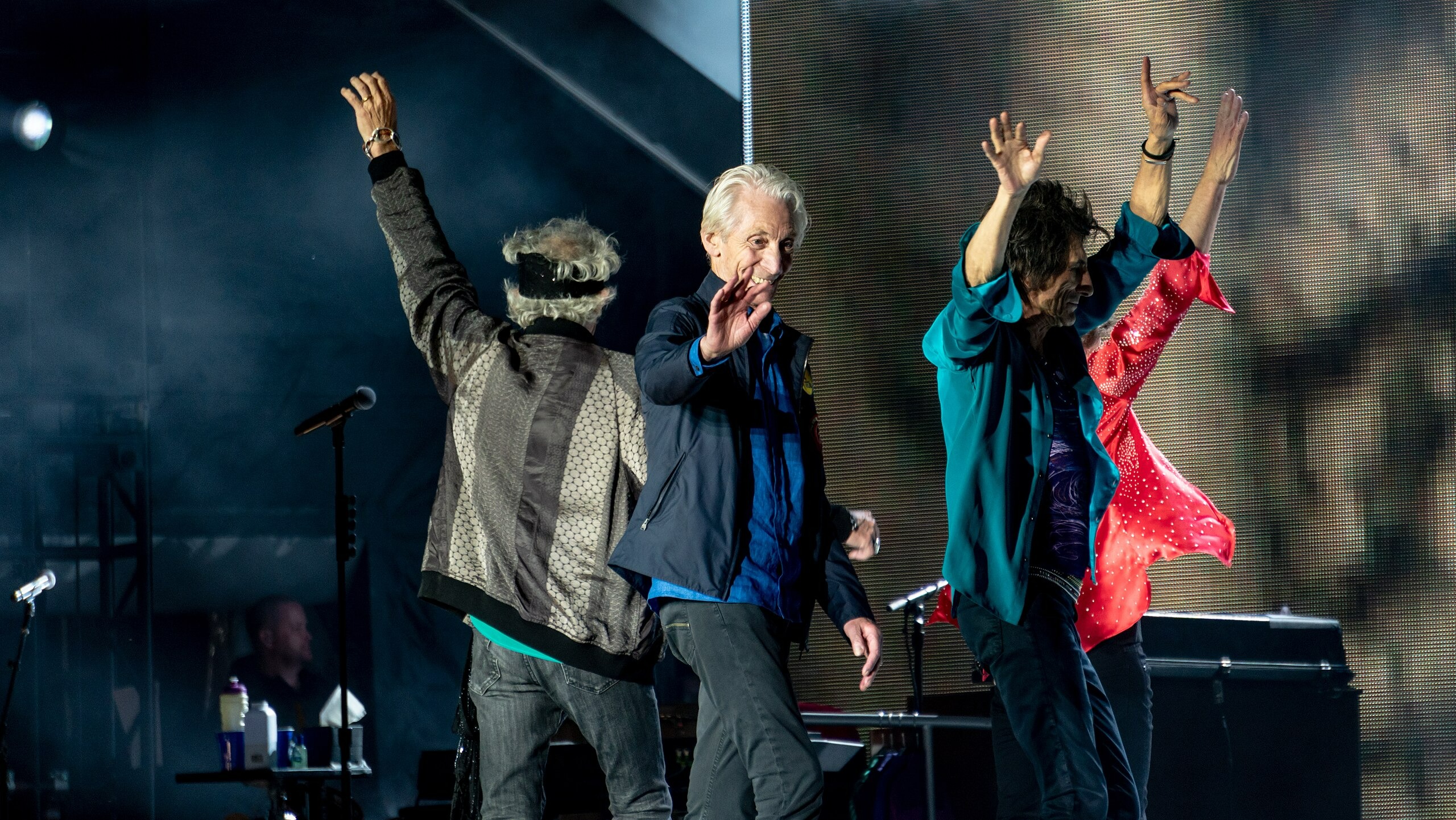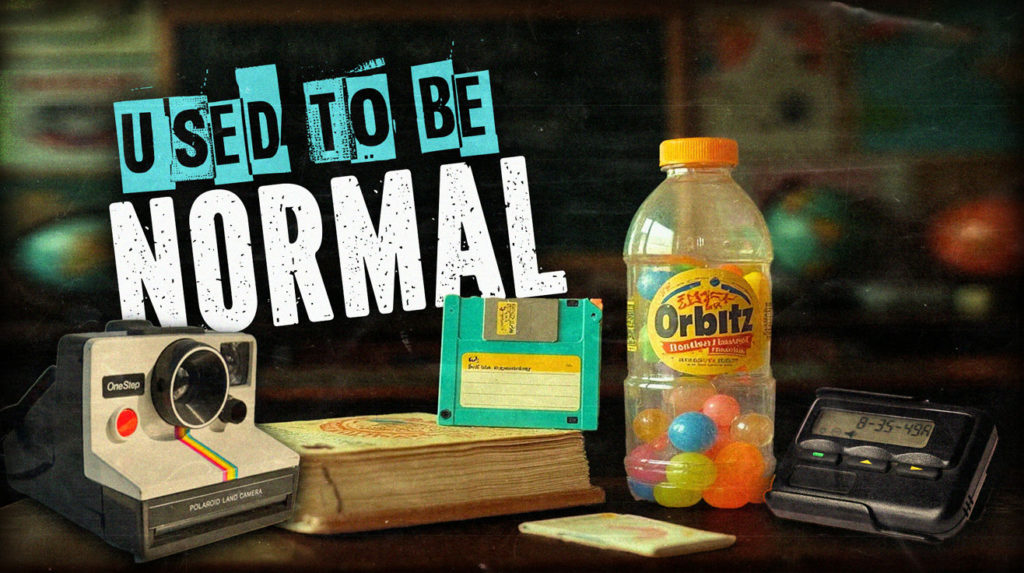
The gadgets collecting dust in your parents’ garage aren’t obsolete junk—they’re digital fossils that shaped how you interact with technology today. That ancient answering machine blinking in the basement didn’t just disappear; it evolved into the notification anxiety plaguing your smartphone.
Companies love announcing “revolutionary” products while quietly borrowing from their own graveyard, like a DJ sampling forgotten B-sides for chart-toppers. The tactile satisfaction of clicking a Walkman button or the communal ritual of Friday night Blockbuster transformed into the building blocks of our current digital landscape.
38. Zip Drives

High-capacity storage felt revolutionary until flash drives arrived. Iomega’s proprietary format, Zip drive, demonstrated closed ecosystem risks before Apple’s walled garden became industry standard. Distinctive insertion click created satisfying tactile confirmation that USB connections still attempt to replicate. Rapid obsolescence reminds us proprietary storage formats often leave users with inaccessible archives as technology evolves.
37. Typewriters
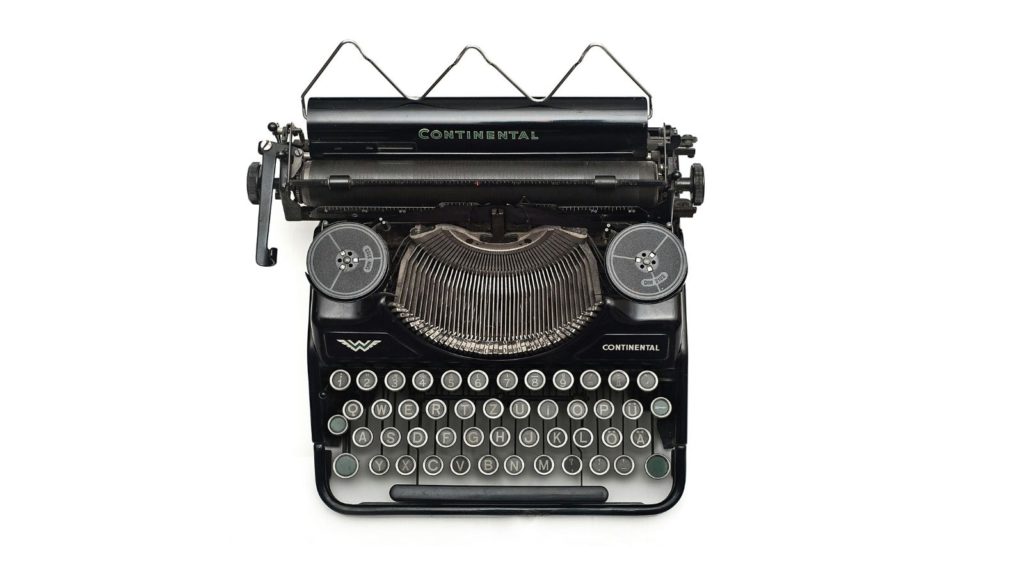
Struggling with digital distractions while writing? Mechanical typewriters created rhythm and commitment that many authors still crave, like musicians preferring analog recording over digital perfection. Inability to easily delete forced writers to commit to words in ways word processors eliminated—making every keystroke count. The distinctive key-strike sound became so connected to productivity that writing apps now include typewriter sound effects to trigger focus.
36. Vinyl Records
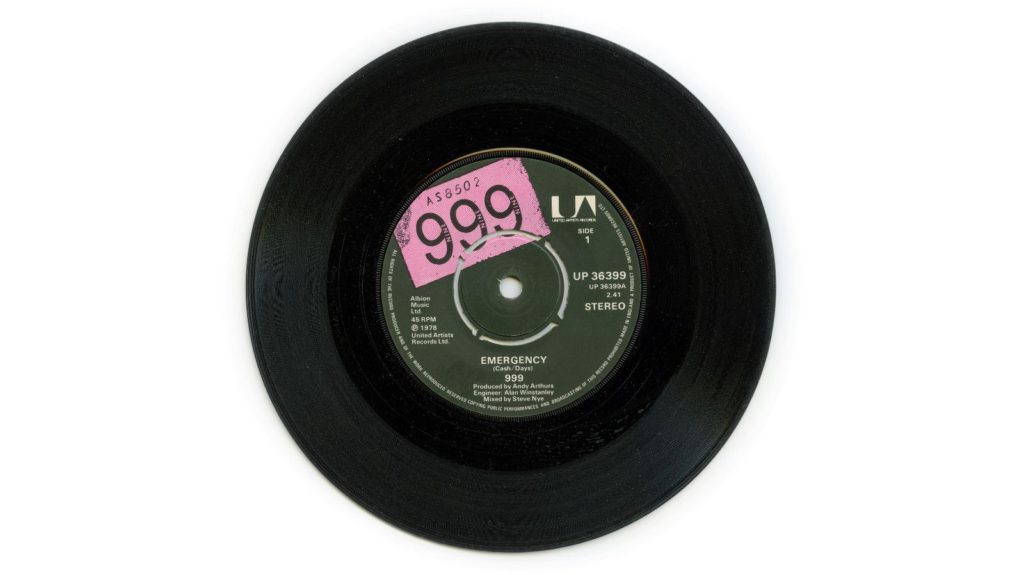
Spinning polyvinyl chloride discs delivered music with warm imperfections that digital precision eliminated—analog soul versus digital perfection. Large format covers created visual art canvas that streaming thumbnails can’t replicate, turning albums into gallery pieces. Careful handling rituals created relationships with music as physical artifact rather than ephemeral file. Their resurrection represents rare analog technology successfully competing with digital alternatives in the modern marketplace.
35. Netscape Navigator

Web browsing started here, with a shooting star logo that became synonymous with early online exploration. Netscape Navigator’s open-source release after commercial failure seeded Mozilla Firefox, creating important commercial browser alternatives. Internet Explorer bundling defeat led to antitrust cases still influencing tech regulation today. Navigator’s pioneering interface design principles still influence how we navigate digital spaces.
34. MapQuest Printouts

Lost without GPS? MapQuest paper navigation guides bridged atlases and GPS navigation—physical preparation meeting digital convenience halfway through technological evolution. Pre-trip printing rituals created journey preparation turn-by-turn navigation eliminated, making travel feel more intentional. Inability to reroute around traffic required adaptability and problem-solving skills. Limitations taught spatial awareness and mental mapping that GPS dependence eroded.
33. Cassette Tapes
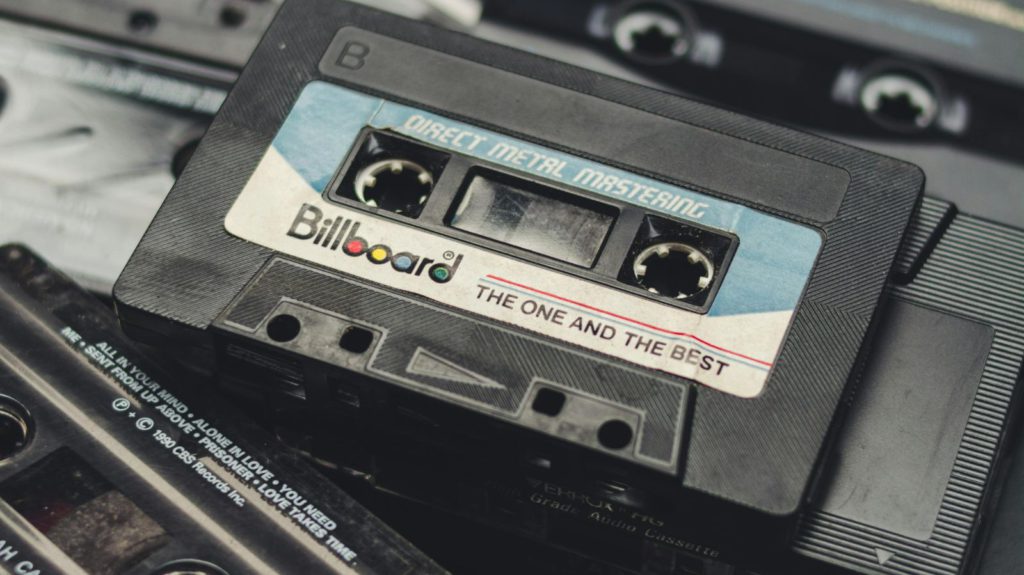
Mixtape culture democratized music curation before algorithms took over. Creating cassettes represented emotional labor and personal expression that playlists attempt to replicate through algorithmic assistance. Many of the era’s most controversial musicians leveraged the cassette format to bypass traditional gatekeepers and connect directly with fans, shaping both music and culture in the process.
Physical tape length limitations forced careful curation that unlimited storage eliminated—making every song choice deliberate. Their distinctive hiss and wow became sonic signatures that modern producers deliberately recreate for authenticity.
32. Fax Machines
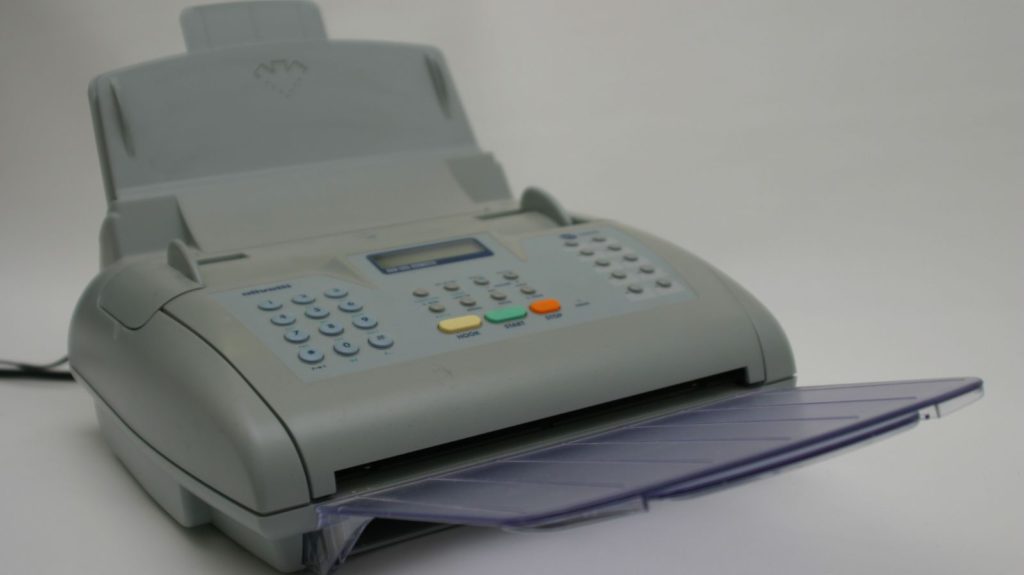
Instant document transmission connected offices across continents before email attachments existed. Confirmation sheets provided delivery proof that email read receipts attempt to replicate—physical verification of digital promises. Dedicated phone lines created direct business communication bypassing human gatekeepers. Surprising persistence in healthcare and legal industries highlights how regulatory requirements preserve otherwise obsolete technologies.
31. Pay Phones
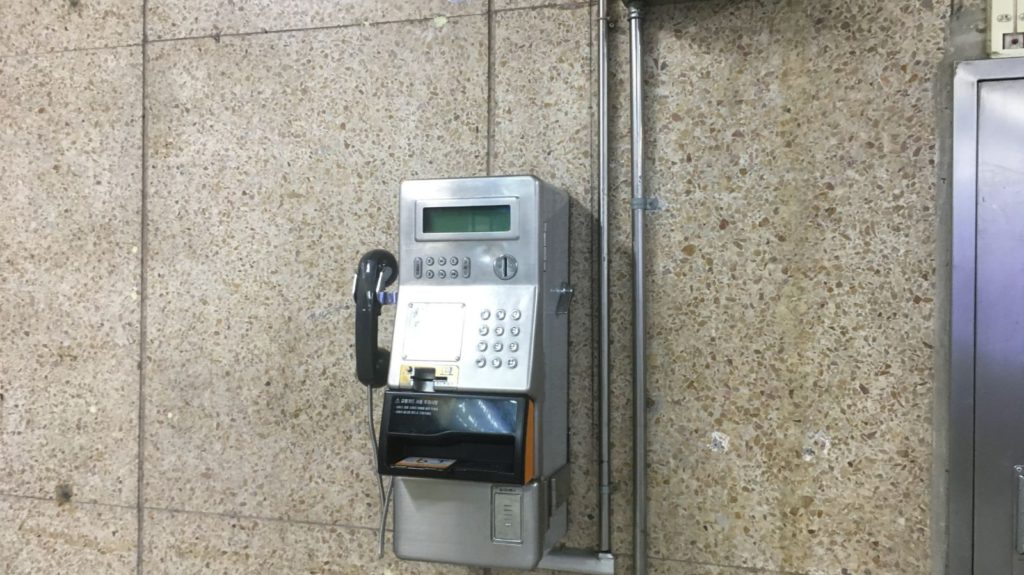
Public communication hubs functioned like analog cell towers with coin slots. Physical presence in public spaces created natural meeting points and safety nets for navigation in unfamiliar territory. Quarter-feeding rituals and time pressure shaped conversations in ways unlimited mobile plans eliminated—every word had literal value. Superman needs new changing rooms, but these booths established that connectivity could be both public and universally accessible.
30. Floppy Disks
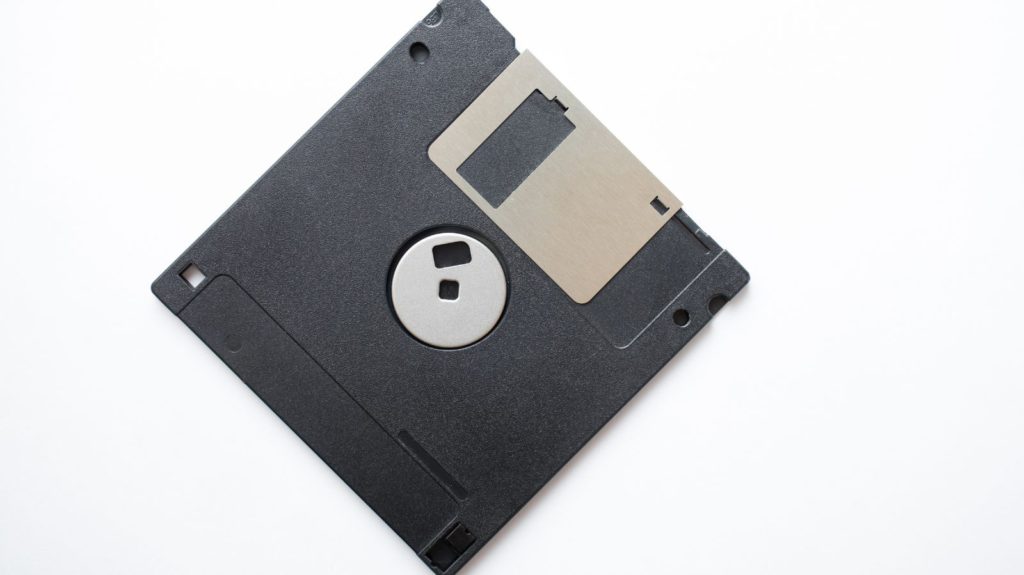
Storage capacity couldn’t fill a single photo today, yet these thin squares of magnetic rebellion trained entire generations to respect backup culture. The satisfying click when inserting a disk created physical intimacy with data that cloud storage eliminated faster than a hard drive crash. Their measly storage capacity forced intentional choices about what deserved preservation. That universal “save” icon haunting every interface? It’s a 3.5-inch ghost, recognizable to users who’ve never touched actual floppy media.
29. BlackBerry
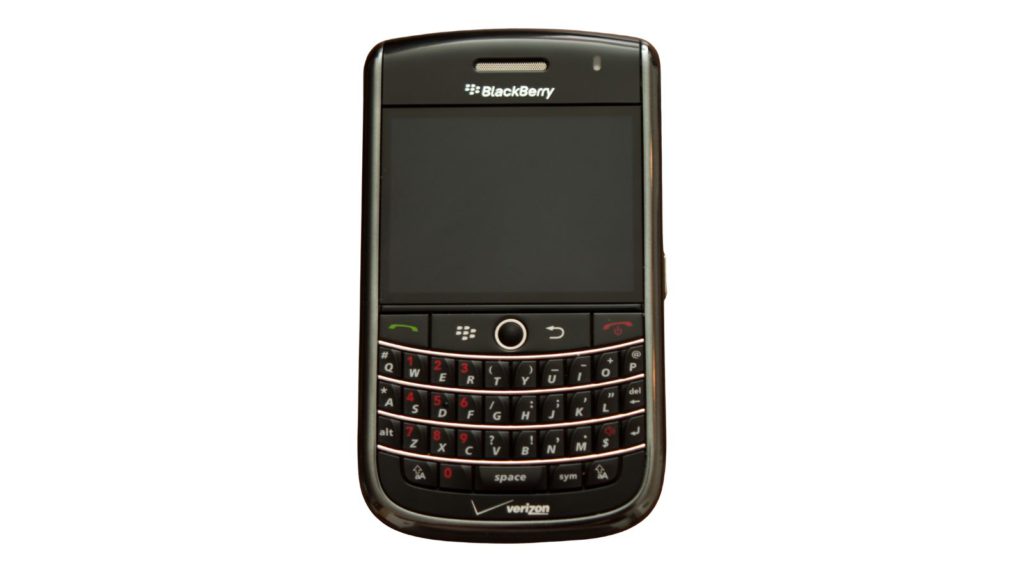
If you carried one of these in the 2000s, you belonged to the first smartphone addiction culture before iPhones dominated. Physical keyboards provided tactile feedback touchscreens attempt to replicate through haptics and muscle memory. Security and business functionality focus created professional device identity that consumer apps eventually overwhelmed. Consumer preference adaptation failure underscores market leaders’ vulnerability when misreading cultural shifts.
28. Blockbuster
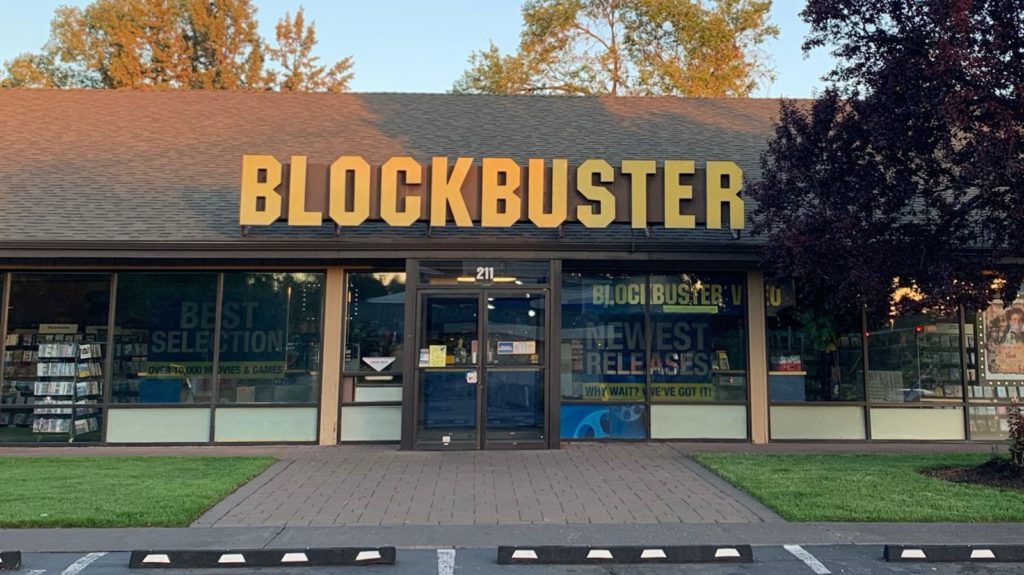
Friday night entertainment rituals centered around these blue-and-yellow video rental giants before streaming eliminated physical media. Communal aisle browsing created serendipitous discovery algorithms attempt to replicate through recommendation engines. Late fees taught responsibility subscription models eliminated, creating accountability through financial consequence. Rejecting Netflix acquisition represents business history’s greatest missed opportunity—cautionary tale about recognizing disruptive threats.
27. VHS Tapes
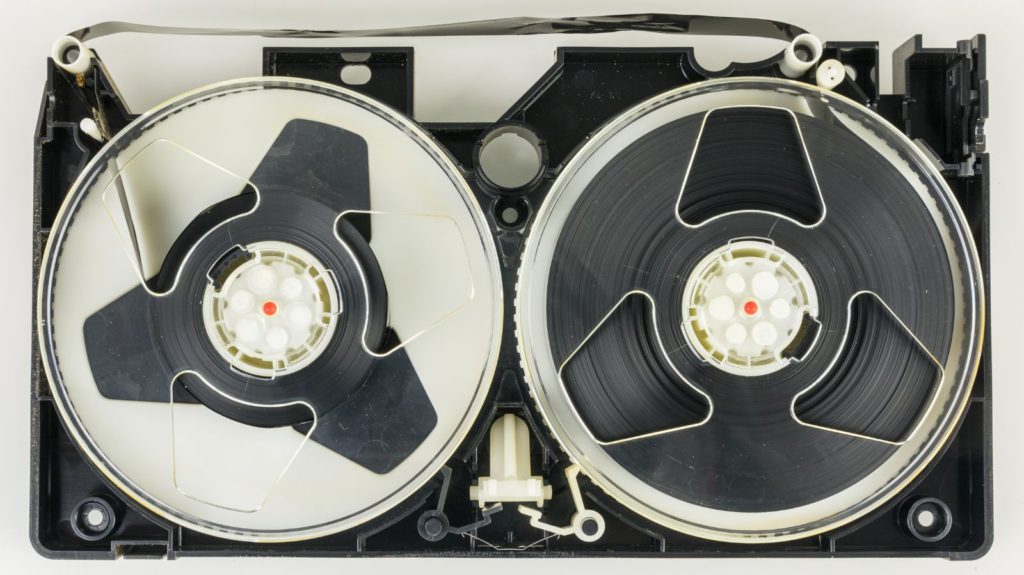
Home video recording became accessible to everyone through these black plastic rectangles. Rewinding rituals (or failing to rewind) established a physical relationship with films and TV classics that streaming eliminated—remember “Be Kind, Rewind“? Limited capacity forced directors into editing discipline, a constraint vanished in the era of four-hour director’s cuts. That warm, slightly degraded VHS aesthetic became visual shorthand for authenticity, frequently mimicked by Instagram filters seeking genuine feeling.
26. Overhead Projectors
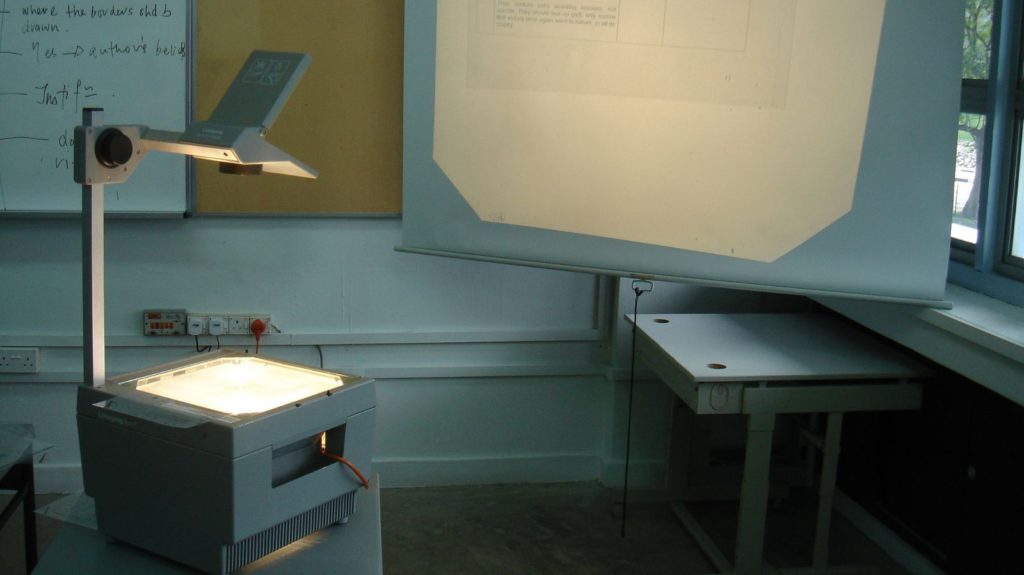
Classroom presentations required physical preparation with these light-box devices and transparent slides. Physical transparency manipulation created different information relationships demanding planning and precision, unlike today’s infinite slide decks. Their warm theatrical glow created atmosphere that sterile digital projectors struggle to match. Limitations forced presenters toward concise, thoughtful visual communication, a discipline often missing in the era of endless presentation slides.
25. Polaroid Cameras
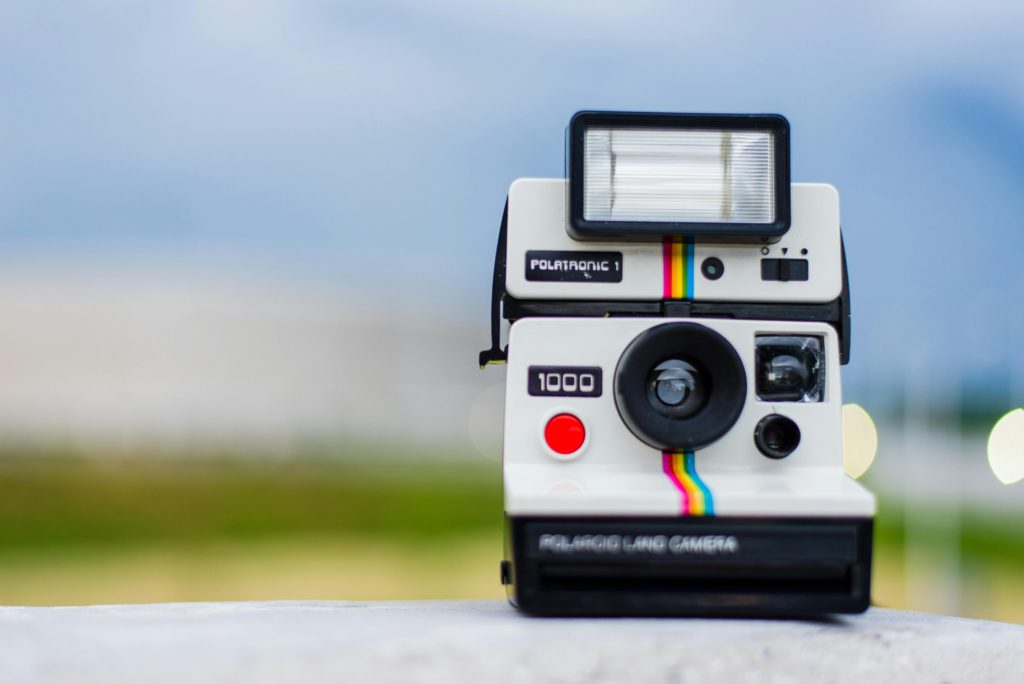
Instant gratification met chemical magic before Instagram filters existed. Watching images slowly materialize created emotional investment—like waiting for a song to load but with permanent results. Their distinctive square format and color profile influenced social media aesthetics decades later, establishing that good design transcends technology. After near-extinction, Polaroids experienced renaissance among digital natives craving tangible artifacts.
24. Tower Records
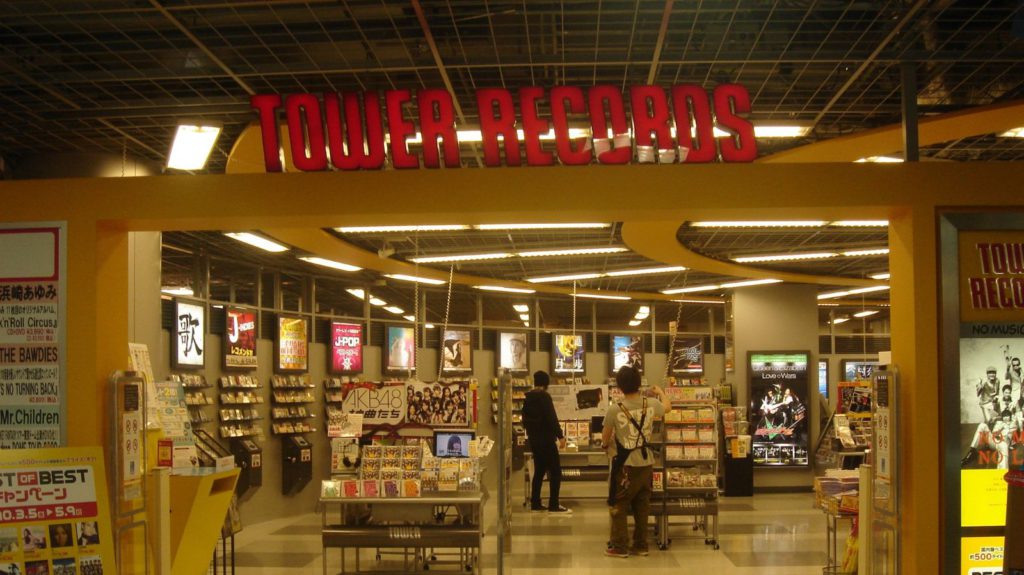
Music discovery happened in physical spaces before streaming algorithms took over. Extensive selection and knowledgeable staff created discovery experiences streaming services struggle to replicate algorithmically. Listening stations pioneered “try before buying” that preview features now provide digitally. “No Music, No Life” slogan captured cultural centrality physical music retailers once occupied in youth identity.
23. PDAs
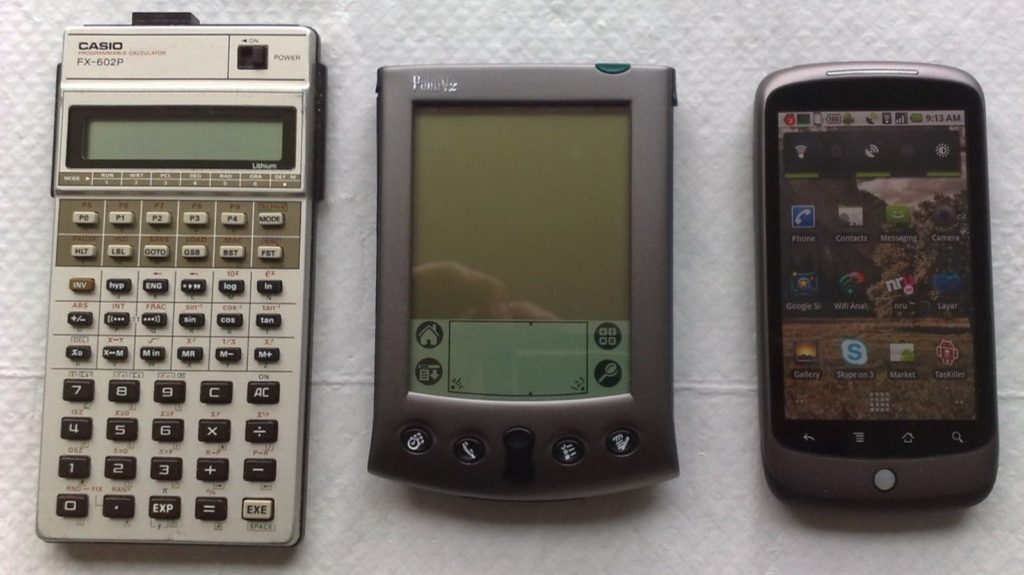
Pocket-sized productivity predated smartphone chaos by focusing solely on organization. Stylus-based interfaces created precision fat fingers on touchscreens struggle to match, offering surgical accuracy for data entry. Focused functionality eliminated distractions plaguing multi-purpose devices, highlighting that specialization sometimes beats convergence. Synchronization cradles introduced device data continuity concepts cloud computing later perfected.
22. Digital Assistants
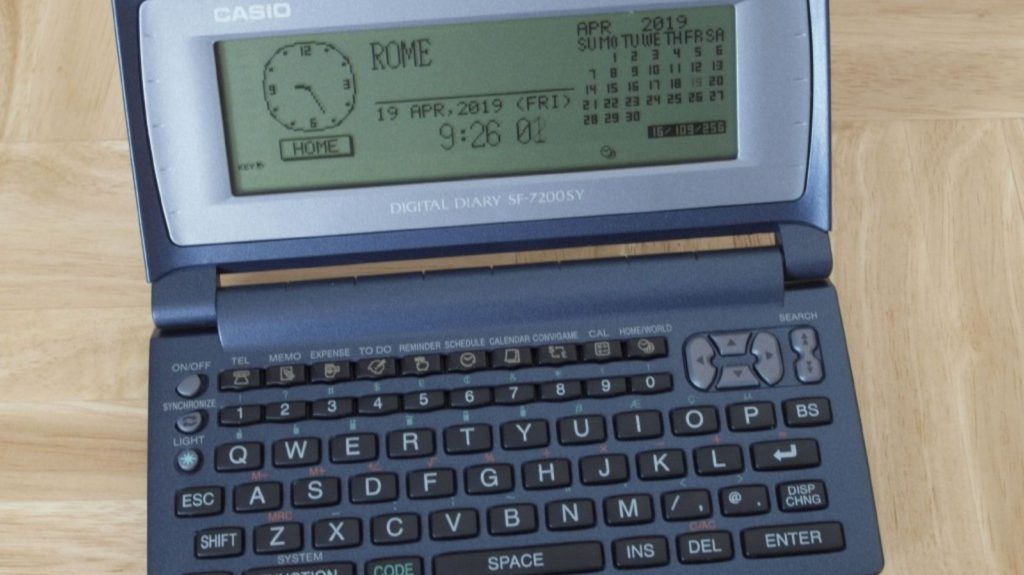
Personal organization went digital with early handheld organizers that created today’s smartphone functionality foundation. Specialized productivity focus without communication distractions created different technology relationships—tools versus entertainment platforms. Limited battery life forced task prioritization rather than endless scrolling, teaching efficiency through constraint. Evolution into smartphones reveals how single-purpose devices often merge into multi-function tools sacrificing depth for breadth.
21. 8-Track Tapes
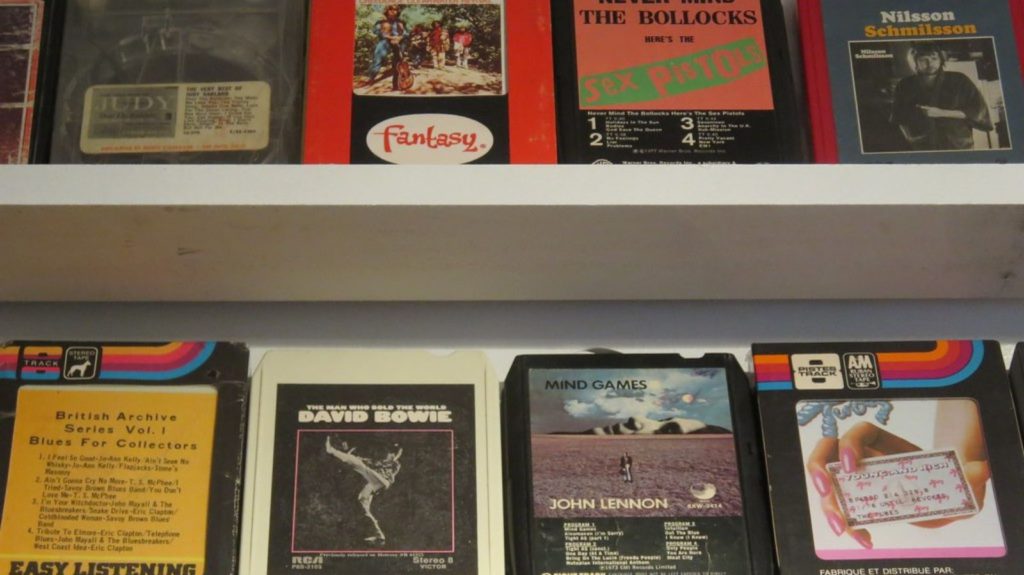
Continuous music loops eliminated manual song changes through chunky cartridges that pioneered hands-free listening. Distinctive track-switching clunk created unique listening experiences—like musical slot machines. Limited organization influenced album structuring, creating four-part suites accommodating format constraints that shaped artistic decisions. Their rapid rise and fall illustrated how quickly superior technology displaces established formats.
20. Encyclopedias

Comprehensive knowledge required substantial investment in multi-volume collections before Wikipedia democratized information access. Editorial oversight provided reliability user-generated content struggles to consistently match. Alphabetical organization shaped knowledge categorization in ways continuing to influence digital information architecture. Physical presence in homes represented intellectual status and commitment to learning.
19. Answering Machines
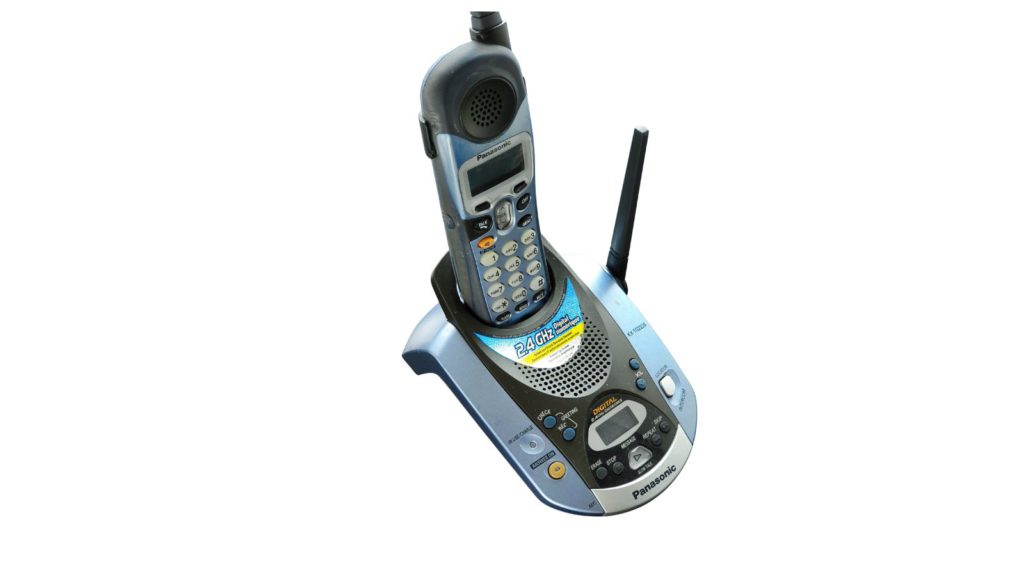
Asynchronous communication started with these boxy message recorders before voicemail became a cloud afterthought. The blinking red light created specific tension that notification badges still attempt to replicate—anxiety as user interface design. Every 90s movie plot relied on that distinctive beep, making it the technological equivalent of dramatic foreshadowing. Modern voice assistants borrowed their conversational DNA from these humble machines.
18. Film Cameras
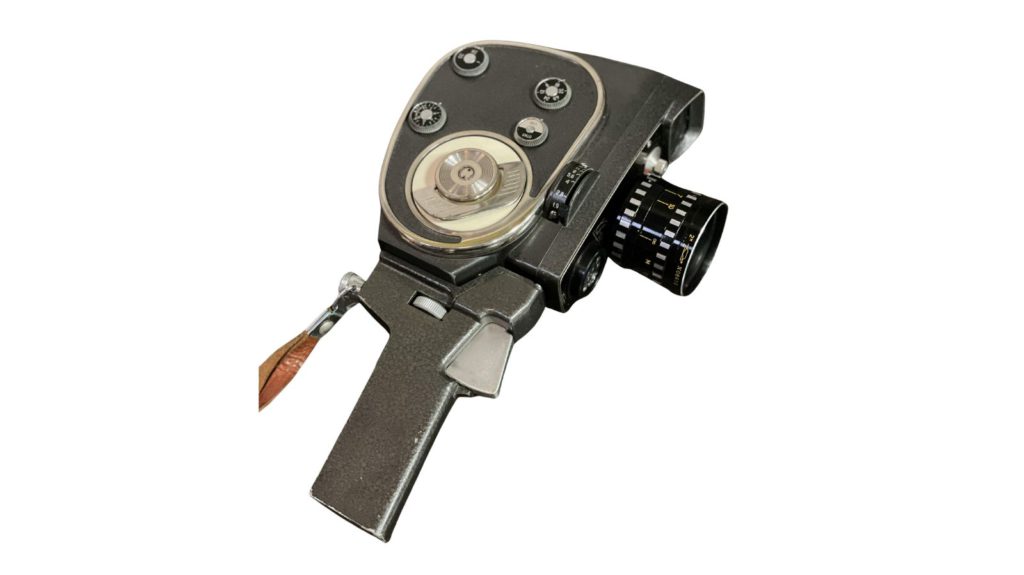
Chemical photography captured light on celluloid through mechanical precision before sensors dominated. Twenty-four or thirty-six exposure limitations created photography intentionality that digital abundance eliminated—making every frame precious. Delayed development gratification created emotional image relationships that instant digital viewing destroyed. Professional photographers’ continued film use underscores that analog technologies retain advantages digital alternatives haven’t fully replicated.
17. Portable CD Players
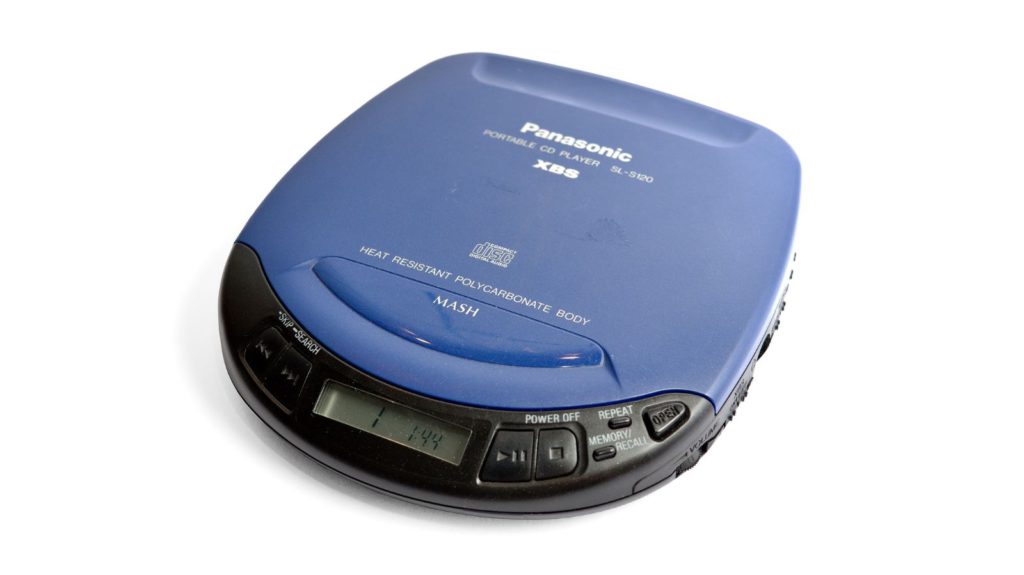
Movement sensitivity made these skip-prone music machines exercise in stillness. Carrying and swapping CDs created physical music library relationships that streaming eliminated—collection as curation. Battery limitations taught quality-longevity balance modern devices still require for optimal performance. Their vulnerability to movement created distinctive listening experiences requiring physical stillness.
16. Cathode Ray Tube TVs
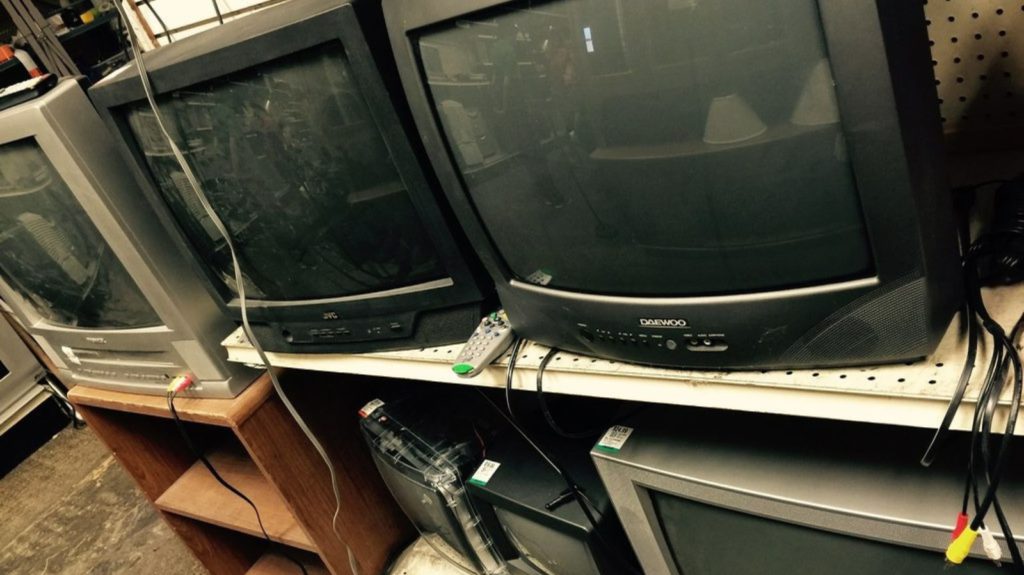
Electron beam technology delivered entertainment through heavy boxes with phosphorescent screens radiating warmth flat panels still attempt to emulate. Curved screen distortion became visual shorthand for retro gaming and vintage media, instantly recognizable in modern design. Physical weight and depth required dedicated furniture—an entire home decor category that vanished with their obsolescence. Their limitations influenced aspect ratios and visual composition.
15. Phone Books

Annual community directories organized entire neighborhoods alphabetically before search engines replaced physical browsing with instant results. Thumbing through pages created different information discovery relationships that algorithms replaced, making research feel like exploration. Annual delivery marked time passage and community changes tangibly—like receiving a neighborhood census. Their repurposing as booster seats showed adaptability that digital tools can’t match.
14. Circuit City

Electronics showrooms pioneered hands-on retail experiences before Amazon’s showrooming strategy killed them. Distinctive red storefronts anchored strip malls, creating suburban technology access points that online shopping eliminated. Commissioned sales model created high-pressure shopping experiences online purchasing replaced with research-driven decisions. Rapid collapse revealed retail giants’ vulnerability when failing to adapt consumer preference changes.
13. Borders Books

Literary community spaces transformed bookstores from retail outlets into cultural destinations before Amazon disrupted physical retail. Comfortable chairs and cafes created intellectual gathering places that online shopping couldn’t replicate. Curated staff recommendations provided human discovery algorithms attempt to replicate through machine learning. E-reader strategy failure highlights the dangers of outsourcing core technology to competitors.
12. Walkmans
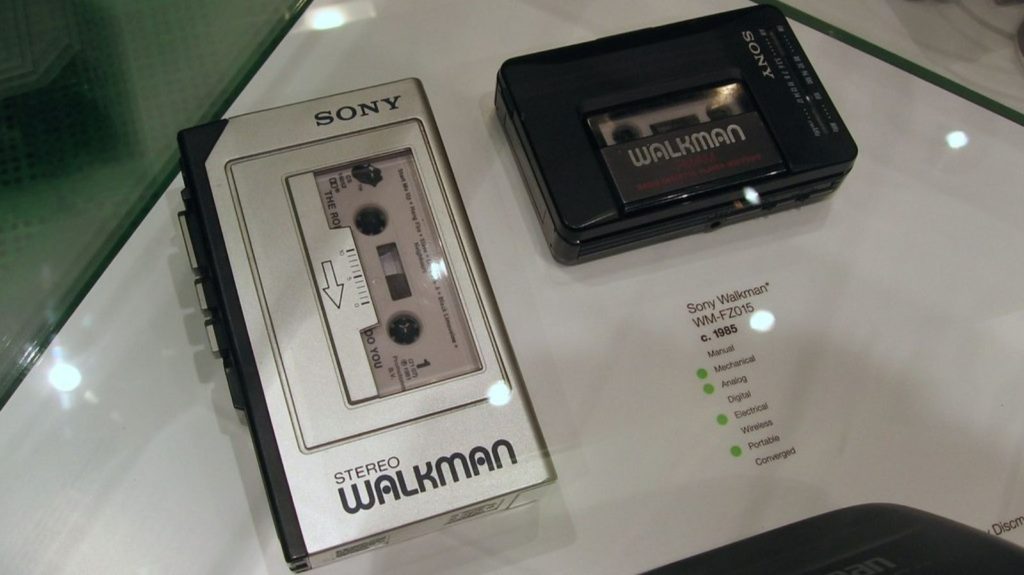
Portable music liberation started with Sony’s revolutionary personal stereo that freed soundtracks from living rooms. Physical buttons created tactile music control that touchscreens still try to emulate through haptic feedback—muscle memory versus visual confirmation. Battery limitations created power management consciousness that wireless earbuds inherited, teaching users to balance performance with longevity. Their headphones’ limited isolation allowed environmental awareness.
11. 3G Networks

Mobile internet became reality through third-generation wireless networks that transformed phones from communication devices into computing platforms. Deployment created infrastructure making smartphones genuinely useful beyond voice and text messaging. Speed limitations shaped early mobile design toward efficiency rather than media-heavy experiences. 5G transition shutdowns orphaned millions of older devices, raising electronic waste questions.
10. Disposable Cameras
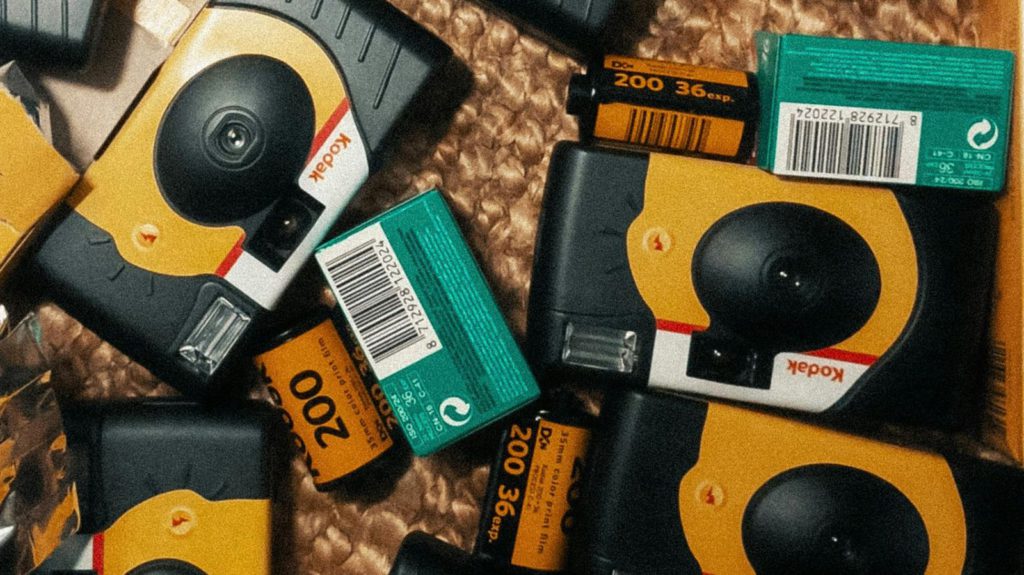
Photography barriers disappeared with plastic democracy that removed technical complexity and financial risk from image-making. Twenty-four exposure limits taught selectivity about documenting moments—stark contrast to infinite digital storage enabling thousands of nearly identical photos. Delayed film development created emotional payoff that instant digital sharing eliminated like a spoiler alert. Their wedding revival reveals collective desire to escape social media pressure.
9. Betamax
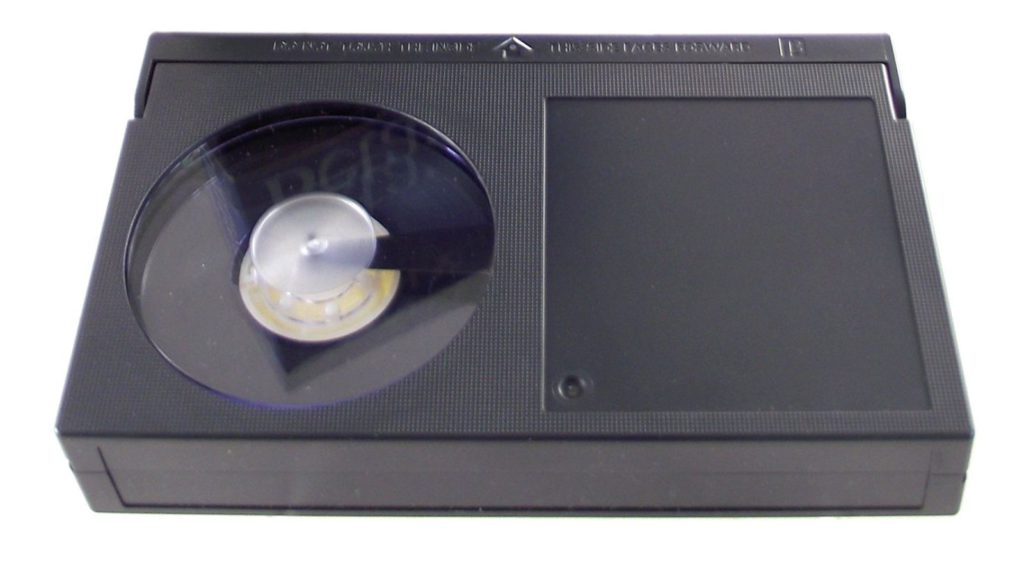
Technical superiority lost to marketing strategy when Sony’s superior video format fell to VHS despite better quality. Higher recording quality illustrated that engineering excellence doesn’t guarantee market success when convenience takes precedence. Its defeat established patterns repeating through HD-DVD versus Blu-ray and other format wars. Legal precedent from Betamax cases still influences copyright law regarding recording technology.
8. LaserDiscs
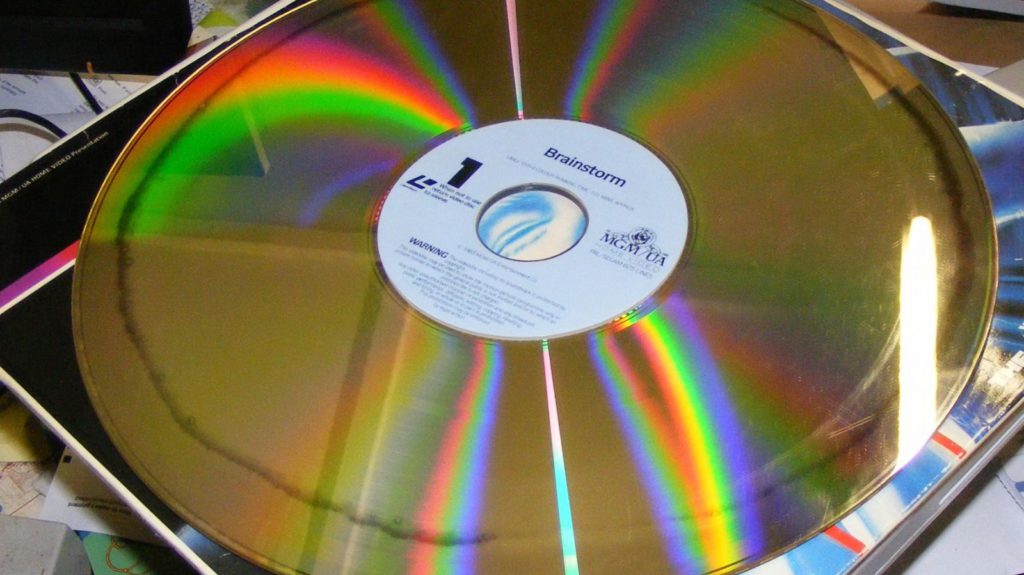
Premium home video quality came through massive twelve-inch optical discs that delivered superior picture before DVDs existed. They pioneered director commentaries and alternate angles that DVDs later standardized—the original special features. Dedicated collector communities validated physical media ownership importance that streaming services force us to reconsider. Their imposing presence created cinematic experiences matching their visual quality.
7. Rolodex
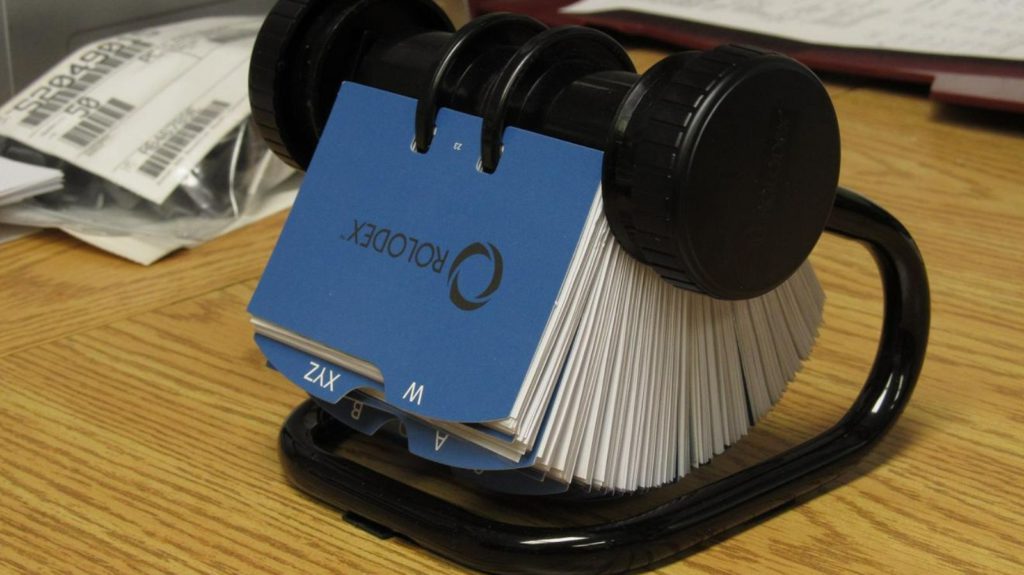
Professional networking went analog with rotating contact management that organized business relationships before LinkedIn algorithms decided who deserved attention. Flipping through cards created spatial memory associations that digital contact lists can’t replicate, making networking feel tactile and personal. A full Rolodex represented visible social capital—physical proof of connections that virtual networks hide behind privacy settings. Its circular design influenced early digital interfaces.
6. Dot Matrix Printers

Office soundtrack came from these noisy workhorses that created text through tiny dot patterns. Distinctive sound became background noise that defined workplace atmosphere—the original ambient office soundtrack. Continuous feed paper with perforated edges created physical document relationships that digital files eliminated. Multi-part carbon copy capability solved problems digital alternatives still struggle to address efficiently.
5. Kodak
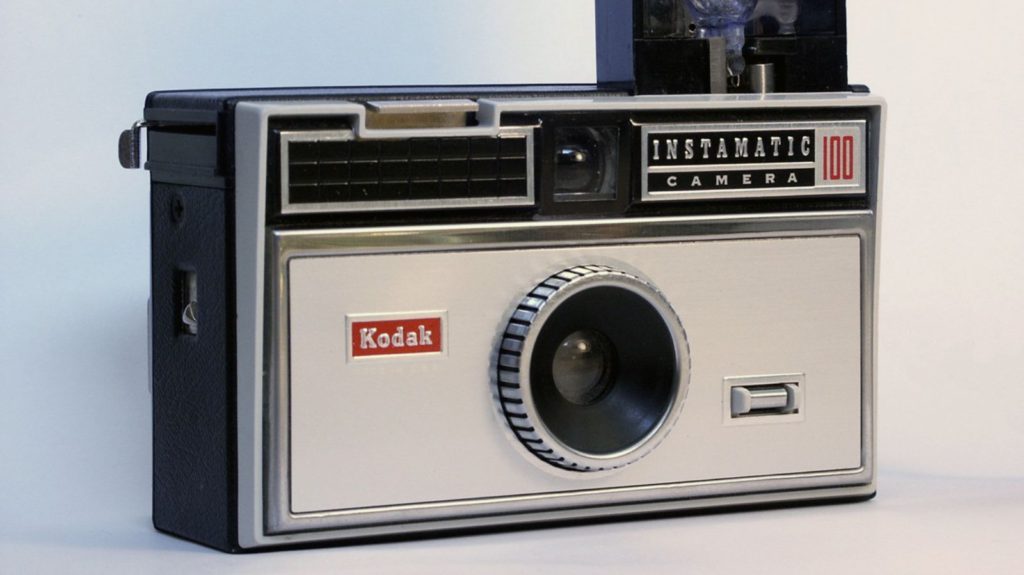
Photography dominance crumbled when this imaging giant failed digital adaptation despite inventing the first digital camera in 1975. “Kodak moment” marketing created cultural memory preservation shorthand persisting beyond company relevance. Their decline represents innovation dilemma’s most cited business school example. Corporate tragedy emerged from engineering excellence meeting business evolution challenges.
4. Toys “R” Us
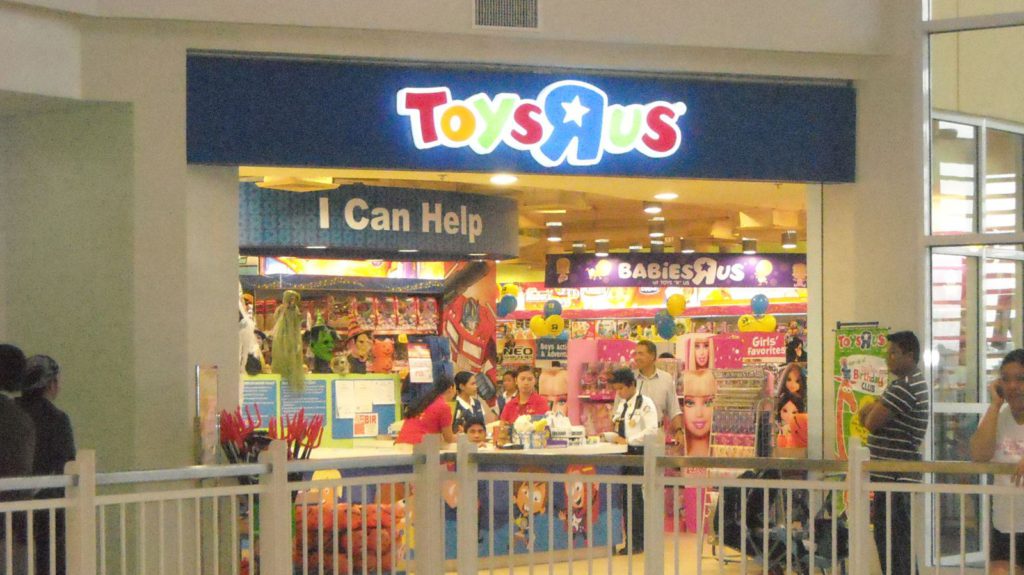
Childhood wonderland shopping disappeared when this toy retail giant couldn’t compete with online convenience. Walking endless toy aisles created childhood memories Amazon’s search bar can’t replicate—physical exploration versus digital efficiency. Geoffrey the Giraffe became cultural icon representing childhood imagination and retail nostalgia. Bankruptcy revealed that even emotional connection can’t save retailers failing to adapt.
3. Landline Phones
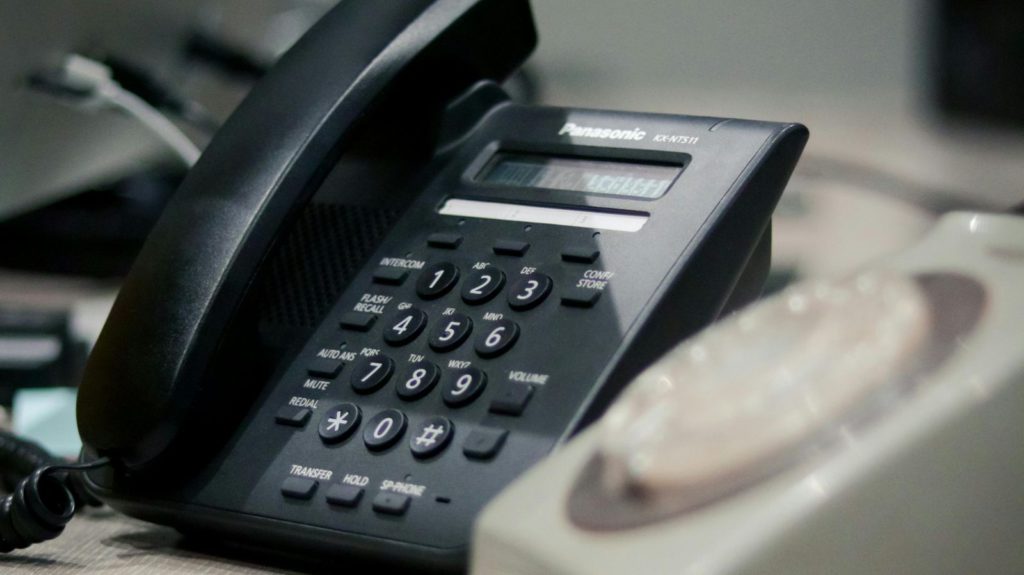
Dedicated conversation spaces existed in homes through tethered communication devices before smartphones eliminated communication boundaries. Shared family phones established natural limits around accessibility that mobile devices destroyed, making privacy a luxury. Physical dialing and distinctive ringtones personalized experiences in ways smartphone notifications homogenized. Their power outage reliability represented resilience that wireless networks struggle to match.
2. Palm Pilots
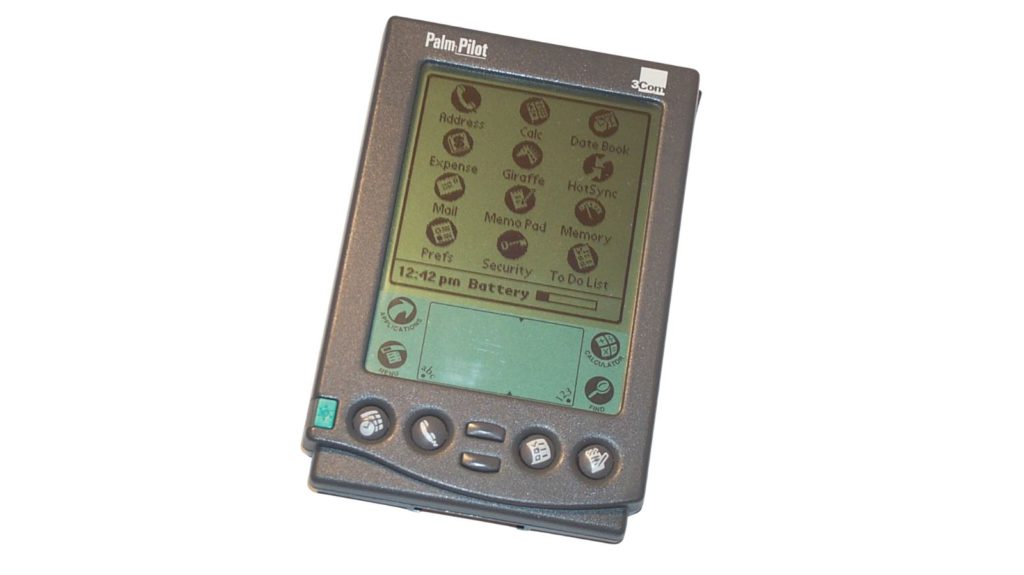
Stylus precision revolutionized pocket productivity through personal digital assistants that fat fingers on touchscreens still can’t match. Palm’s Graffiti handwriting system trained millions to communicate through simplified gestures, laying groundwork for today’s swipe culture. Synchronization cradles introduced device continuity concepts years before cloud computing seamlessly connected everything. Their focused functionality eliminated infinite distractions that plague modern multi-purpose devices.
1. Pagers
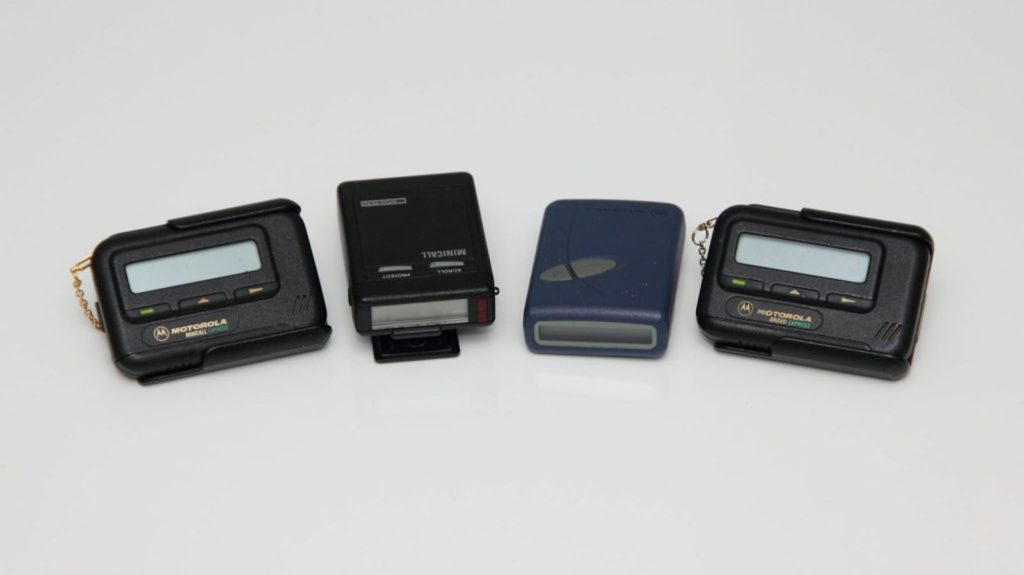
Always-available professionals emerged through these clip-on devices that created the first perpetual connectivity culture before smartphones made it inescapable. Limited character displays pioneered communication compression that later defined Twitter’s original format, revealing that brevity has deep technological roots. The distinctive beep triggered Pavlovian responses that smartphone notifications merely amplified—our attention-hijacking technology evolved from these humble ancestors. They transformed select professionals into walking emergency contacts.




